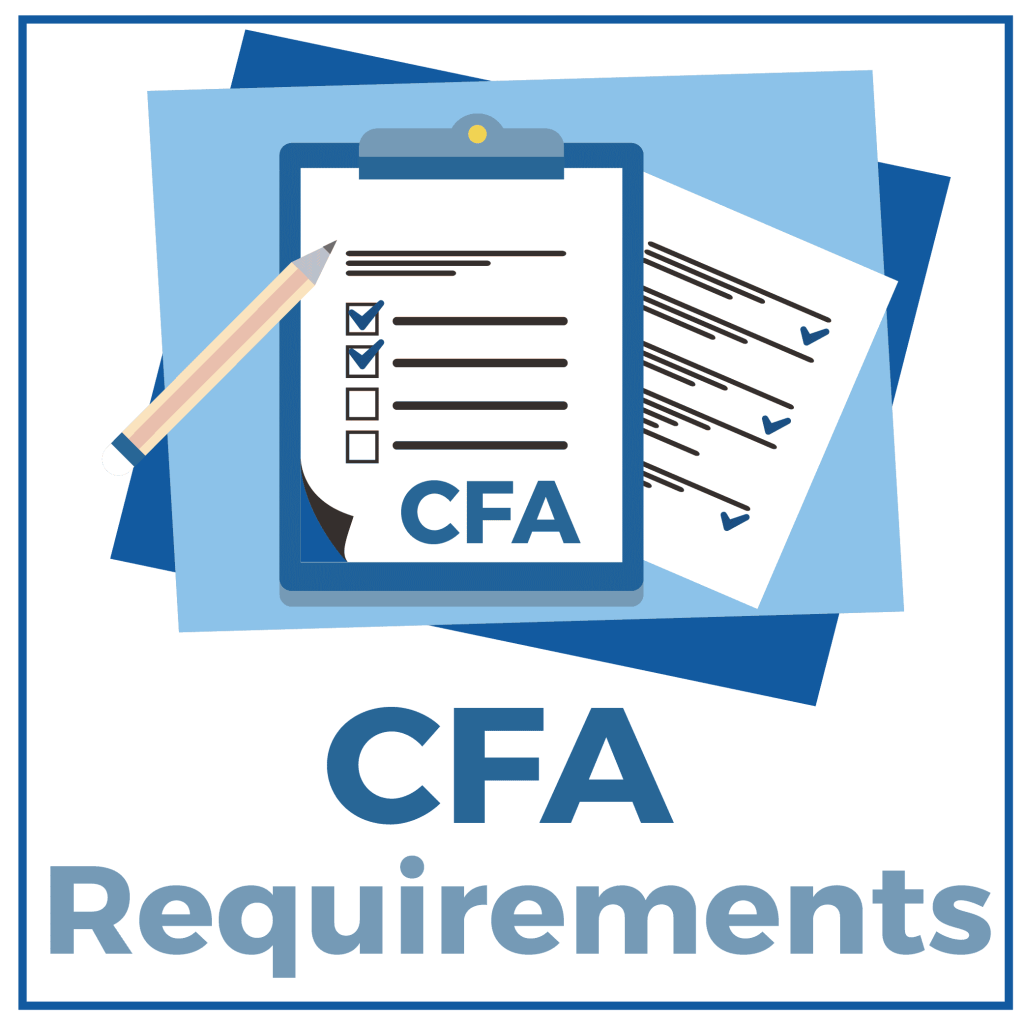Introduction
The Chartered Financial Analyst (CFA) Level 2 exam is a pivotal point for aspiring investment professionals. It challenges candidates to not only comprehend the concepts presented in Level 1 but also apply them to real-world scenarios. As candidates prepare for this rigorous examination, a valuable tool often used is the CFA Level 2 Quick Sheet Guide. In this blog post, we’ll delve into what this guide entails and how it can significantly enhance your exam preparation strategy.

Understanding the CFA Level 2 Quick Sheet Guide
The CFA Level 2 Quick Sheet Guide is a condensed, concise resource that consolidates the most critical information from the CFA curriculum. It serves as a go-to reference for candidates to quickly review and reinforce key concepts, formulas, and strategies. This guide is designed to aid in the revision process, helping candidates jog their memory and improve retention.
- Comprehensive Review in a Nutshell: The Level 2 exam covers a wide array of topics, from ethics and quantitative methods to economics, equity investments, fixed income, derivatives, alternative investments, and portfolio management. The Quick Sheet Guide condenses this vast curriculum into a manageable format, focusing on essential information that candidates are most likely to encounter on the exam.
- Formula Compendium: Formulae play a crucial role in the CFA Level 2 exam, particularly in topics like quantitative methods, corporate finance, and portfolio management. The Quick Sheet Guide includes a concise collection of these formulas, allowing candidates to quickly recall and apply them during the exam. This resource saves time and helps prevent formula-related errors, which are common pitfalls for many test-takers.
- Key Concepts and Strategies: Beyond formulas, the guide highlights key concepts, definitions, and strategic approaches that candidates need to master. This is especially important in areas like equity investments and fixed income, where understanding various valuation models, risk measures, and analysis techniques is paramount.
- Time Efficiency: The Level 2 exam is known for its complex item set questions, which require candidates to read a vignette and answer several related questions. Time management is crucial. The Quick Sheet Guide aids candidates in swiftly identifying relevant concepts within the vignette, enabling them to focus on applying their knowledge effectively.
- Last-Minute Review: As the exam date approaches, candidates often feel overwhelmed with the volume of material they need to cover. The Quick Sheet Guide acts as a quick refresher, allowing candidates to review all the critical points in a short amount of time. This is particularly useful for last-minute revision and boosting confidence just before the exam.
- Portable and Accessible: The Quick Sheet Guide’s compact size makes it portable, enabling candidates to carry it with them and review on-the-go. Whether you’re commuting, taking a break, or waiting in a queue, you can utilize these moments to reinforce your understanding.
- Focused Revision Strategy: Instead of flipping through voluminous study materials, the Quick Sheet Guide directs your attention to what truly matters. It prevents information overload and supports a focused revision strategy that targets high-impact areas.
Conclusion
The CFA Level 2 Quick Sheet Guide is more than just a condensed summary of the curriculum – it’s a strategic tool that enhances your preparation, aids your memory retention, and boosts your confidence. As you embark on the challenging journey of preparing for the CFA Level 2 exam, integrating this guide into your study routine can prove to be a game-changer. Remember, the key to success is not just absorbing information but also efficiently applying it during the exam. The Quick Sheet Guide equips you with the means to do just that.
However, it’s important to note that the Quick Sheet Guide should not be used as a sole study resource. It’s a supplementary tool meant to complement your comprehensive study materials and practice exams. Understanding the underlying concepts is crucial for success in the Level 2 exam. With a well-rounded approach that combines the Quick Sheet Guide with diligent study and ample practice, you’ll be better equipped to tackle the Level 2 exam and move a step closer to becoming a Chartered Financial Analyst.


